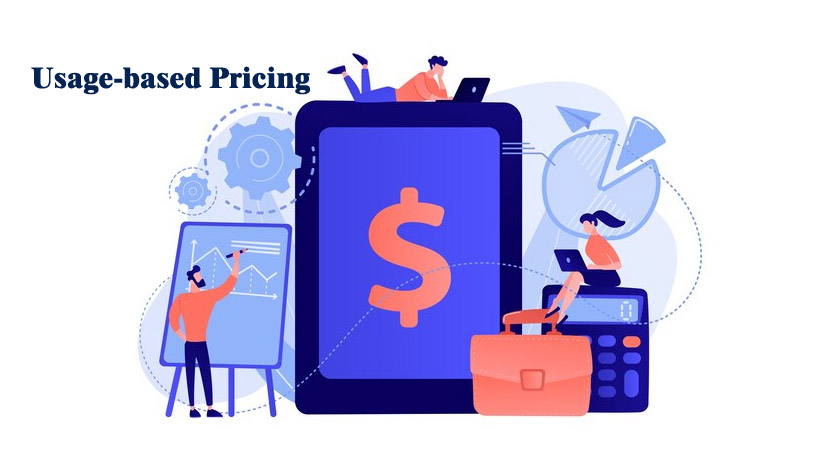Usage-based pricing is also known as consumption-based pricing, where customers will be charged based on product usage. Another process is generating a bill based on the subscription; it does not matter how much the product has been used. The cost will be fixed.
Suppose you want to generate usage-based Pricing in your business. In that case, you need to clearly understand the value metrics, communicate the set usage limit, track the product use among various segments’ pricing structures, and update the ready Pricing based on how the product evolves.
Benefits of Usage-Based Pricing
Usage-based Pricing has some benefits for both the company and the customer:
- You do not need to have active pitch-up sales to users; instead, a customer on a usage-based pricing subscription will Upgrade to the higher plants as their product adoption moves forward.
- This will help make a product more accessible to adapt its usage. You will get more and more customers since the pricing will start with a minimum value. Then, it can be expanded based on customer company groups.
- Since a product’s usage is under the customer’s control, they can likely cancel their plan anytime for financial reasons. This is why SaaS companies with usage-based Pricing have higher retention rates.
Conclusion
In conclusion, this pricing helps customer pay the pricing for a product or service based on their utilization. Some months, they use the product more, and some months, they use it less. But it would be best if you kept in mind that when there is a variation in the product usage, this Pricing is advantageous for you. This will also help any company grow its revenue with a usage-based model. This will help make a product more accessible to adapt its usage. And you will get more and more customers since the pricing will start with minimum value. Then, it can be expanded based on customer company groups.

